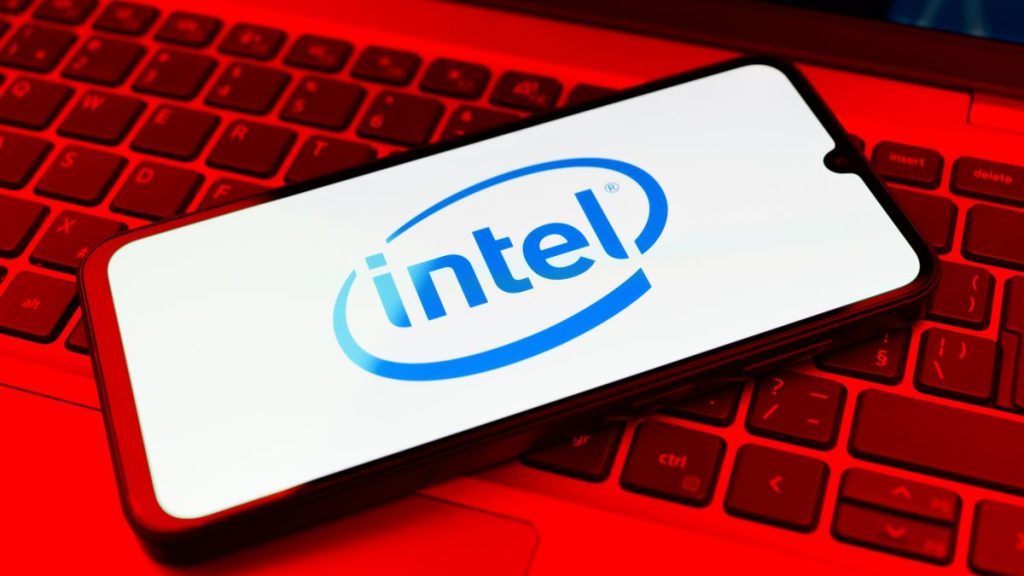The stakes are clear: whoever leads in AI will shape the future of global technology.
Others are reading now
If there’s one issue uniting the White House, Wall Street, and Silicon Valley, it’s artificial intelligence.
Tech giants are investing billions in infrastructure to support it, Washington is rolling out an action plan to secure leadership in the space, and Wall Street is pushing AI-related stocks like Nvidia to new heights.
Tariffs Complicate the AI Race

President Donald Trump’s trade war has created uncertainty about costs. He announced a 100% tariff on semiconductor imports, though companies expanding manufacturing in the U.S. would be exempt, and recently imposed a 50% tariff on copper, a crucial material for circuit boards and chips.
While these levies could increase expenses, experts say they won’t slow AI’s momentum. For Big Tech, falling behind in the AI race is a far greater threat than higher costs.
Why AI Is an ‘Existential Threat’

PricewaterhouseCoopers’ Dallas Dolen describes AI as an “existential moment” for companies like Microsoft and Meta.
Also read
For them, cost is secondary to survival. If AI defines the next era of technology, then losing ground could be catastrophic. The message from industry leaders is clear: no price is too high if it means staying ahead.
Meta Bets Big on AI

Meta spent $17 billion in capital expenditures last quarter, much of it on data centers and servers to power AI.
That investment paid off, its earnings per share jumped 38% from a year earlier, and shares surged 9% after the results were released. Year to date, Meta stock is up nearly 30%, fueled by Wall Street’s optimism about its AI push.
Microsoft Pushes to New Heights

Microsoft’s cloud business continues to thrive, and the company is doubling down on AI. It spent $24.2 billion last quarter and plans another $30 billion soon.
In July, it joined Nvidia as only the second company to reach a $4 trillion valuation. Its stock is up 26% this year, showing investor confidence that its massive AI investments will pay off.
Also read
Google’s Record AI Spending

Alphabet, Google’s parent, is also making historic moves. The company boosted capital expenditures for 2025 to $85 billion, largely to meet soaring demand for its cloud products.
It now serves “nearly all gen AI unicorns,” cementing its role as a backbone of the AI startup ecosystem. Shares are up nearly 7% this year.
The Power Demand Problem

AI’s growth requires immense energy. Goldman Sachs projects global power demand from data centers will climb 50% by 2027 and 165% by 2030.
Analysts like Wedbush’s Dan Ives call this the “4th Industrial Revolution,” with Big Tech at the helm. Meeting power needs may be as critical as building servers themselves.
Tariffs Could Hit Smaller Players Harder

For trillion-dollar giants, tariffs are a cost of doing business. But smaller firms lack the balance sheets to absorb higher construction and material costs.
Also read
Building a data center takes years, requires billions upfront, and delivers returns slowly, an unattractive equation for startups under pressure from investors.
Negotiations Offer Some Relief

Trump has signaled flexibility with tech leaders. Nvidia and AMD were recently allowed to keep selling AI chips to China in exchange for a 15% revenue cut to the U.S. government.
The White House is even considering a stake in Intel. Such moves suggest Washington wants collaboration, not conflict, with Silicon Valley in securing AI leadership.
America’s Strategic Edge in AI

The U.S. already hosts more data centers than any other nation, and homegrown cloud providers like Amazon and Microsoft dominate the market.
Analysts warn this advantage must not be squandered. “We need to be mindful that this is an area in which we have an advantage,” said Matt Pearl of the Center for International and Strategic Studies. “And we don’t want to give that up.”


